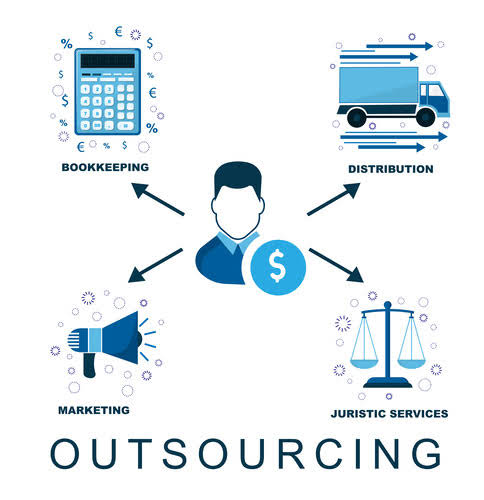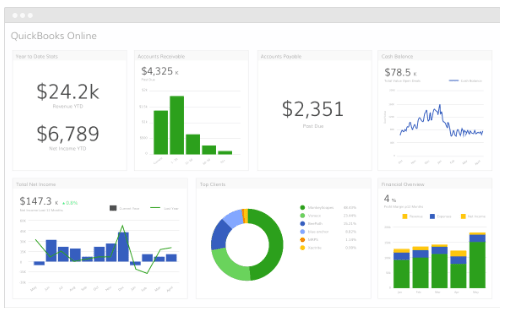
In this case, the retailer may draw on their revolver, tap other debt, or even be forced to liquidate assets. normal balance The risk is that when working capital is sufficiently mismanaged, seeking last-minute sources of liquidity may be costly, deleterious to the business, or, in the worst-case scenario, undoable. Suppose an appliance retailer mitigates these issues by paying for the inventory on credit (often necessary as the retailer only gets cash once it sells the inventory). For example, imagine the appliance retailer ordered too much inventory – its cash will be tied up and unavailable for spending on other things (such as fixed assets and salaries).

Everything You Need To Know About Automated Treasury Management
- The rationale for subtracting the current period NWC from the prior period NWC, instead of the other way around, is to understand the impact on free cash flow (FCF) in the given period.
- To boost current assets, it can save cash, build inventory reserves, prepay expenses for discounts, and carefully extend credit to minimize bad debts.
- For example, a service company that doesn’t carry inventory will simply not factor inventory into its working capital calculation.
- Let us understand the formula that shall act as a basis for us to understand the intricacies of the concept and its related factors.
Change in working capital is the change in the net working capital of the company from one accounting period to the next. This will happen when either current assets or current liabilities increase or decrease in value. The change in working capital formula is straightforward once you know your balance sheet. A business has negative working capital when it currently has more liabilities than assets.
Grow your MSME with collateral-free business loans
Over the long term, it can prevent the business from making the most of market opportunities and optimize its growth. Let’s define net working capital and look into why net working capital is so important for the operations of a business and what you can do to manage it efficiently. A positive calculation shows creditors and investors that the company is able to generate enough from operations to pay for its current obligations with current assets. A large positive measurement could also mean that the business has available capital to expand rapidly without taking on new, additional debt or investors. The formula to calculate the working capital ratio divides a company’s current assets by its current liabilities. In financial accounting, working capital is a specific subset of balance sheet items and is calculated by subtracting current liabilities from current assets.
How To Calculate?

If Microsoft were to liquidate all short-term assets and extinguish all short-term debts, it would have almost $30 billion remaining cash. It might indicate that the business has too much inventory or isn’t investing excess cash. Alternatively, it could mean a company fails to leverage the benefits of low-interest or no-interest loans. Current assets are economic benefits that the company expects to receive within the next 12 months. The company has a claim or right to receive the financial benefit, and calculating working capital poses the hypothetical situation of liquidating all items below into cash.
- Founded in 1993, The Motley Fool is a financial services company dedicated to making the world smarter, happier, and richer.
- In extreme cases, being unaware of the equation for net working capital can result in cash crunches, leading to business closure.
- This technique accounts for uncertainty and variability in multiple input variables, offering a more comprehensive risk assessment.
- This extends the time cash is tied up and adds a layer of uncertainty and risk around collection.
- If a company chooses to spend more on inventory to increase its fulfillment rate, it will use up more cash.
- Thus, it’s appropriate to include it in with the other obligations that must be met in the next 12 months.
Working Capital Formula
- With the change in value, we will understand why the working capital has increased or decreased.
- Even though the payment obligation is mandatory, the cash remains in the company’s possession for the time being, which increases its liquidity.
- Essentially, NPV provides a dollar amount that represents the value added by undertaking the investment.
- Examples of changes in net working capital include scenarios where a company’s operating assets grow faster than its operating liabilities, leading to a positive change in net working capital.
Sensitivity analysis involves changing key assumptions (such as discount rates or cash flow projections) to see how they affect NPV. This helps in understanding the robustness of the investment under different conditions. Broader economic factors, such as inflation rates, interest rates, and market demand, can influence the cash flows and discount rates used in NPV calculations. Favorable economic conditions can enhance cash flow projections, while adverse conditions can diminish them. Longer project durations can lead to more uncertainty and risk, potentially impacting cash flow projections and discount rates. Projects with extended timelines may experience more fluctuations in NPV due to changing economic conditions.
Positive Impacts
Conversely, a negative change can signal potential liquidity issues or financial instability. Here current assets include cash, accounts receivable, inventory, and other short-term assets, while current liabilities consist of accounts payable, short-term debt, and other obligations due within a year. By regularly calculating net working capital, businesses can maintain an accurate understanding of their financial standing and ensure sufficient liquidity to meet operational needs. The definition of net working capital is that it is a financial metric that represents the difference between a company’s current assets and current liabilities. Net working capital is a crucial indicator of a company’s short-term financial health and operational efficiency.


Positive net working capital demonstrates that a company can cover its short-term liabilities with its short-term assets, while negative net working capital can be evidence of potential liquidity problems. Net working capital is a vital measure for understanding the financial health and operational efficiency of a business. It can be arrived at through a simple calculation, which all business owners, particularly MSME entrepreneurs should be aware of. It’s important to focus change in net working capital calculator on maintaining positive working capital as it affects nearly every aspect of the business and its long-term success.


